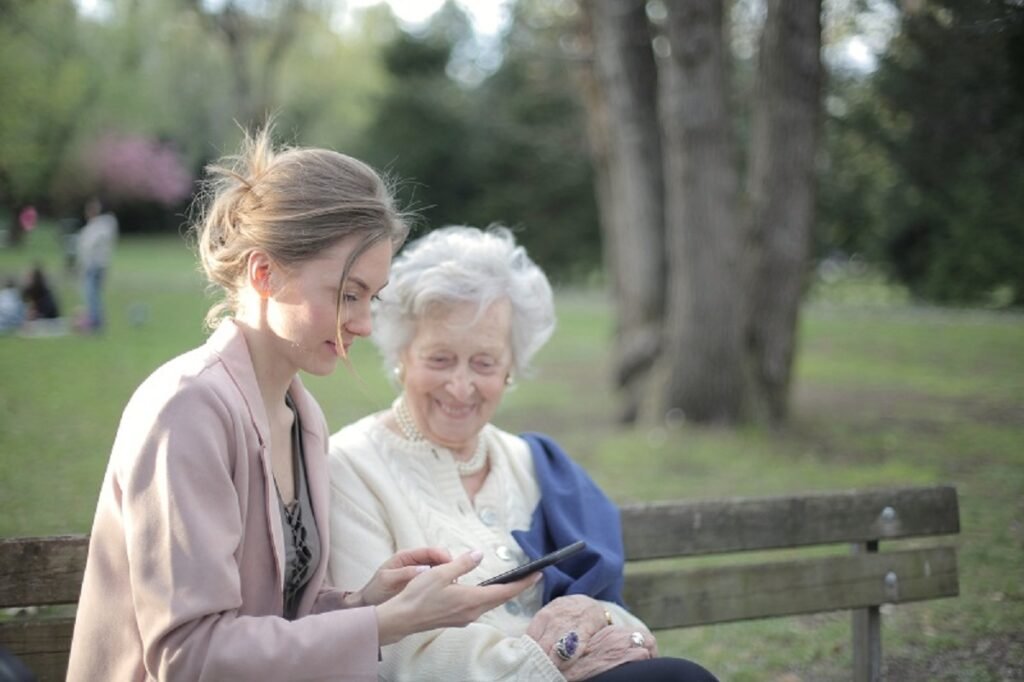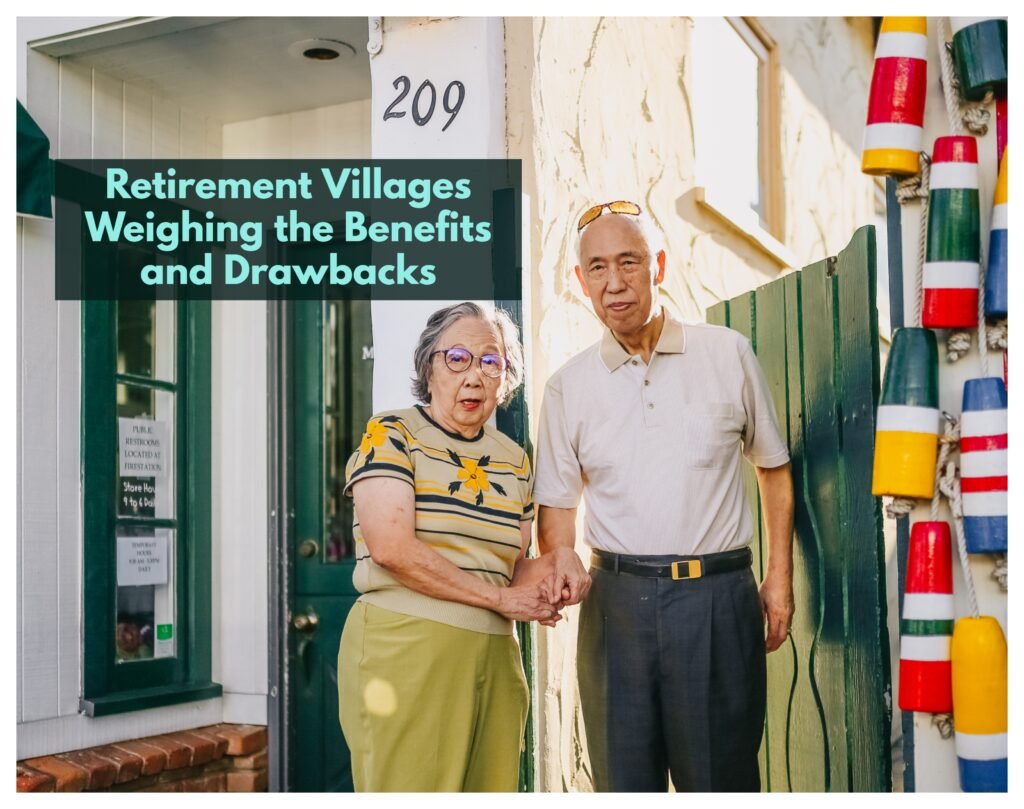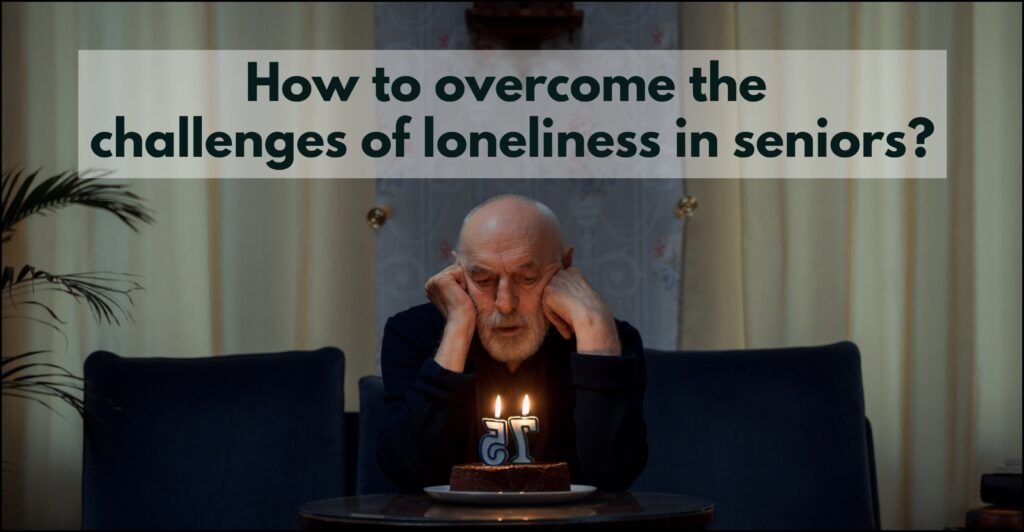Caregiver Support Made Easy: Rally Family & Friends

Last Updated on September 26, 2025 by Rose Ann
If you’ve ever stepped into the role of caring for an aging parent, spouse, or loved one, you’ve probably felt it: the mix of love, responsibility, exhaustion, and maybe even loneliness that caregiving brings.
Why Caregiver Support Matters More Than Ever
Too many caregivers believe they have to “do it all.” But the reality is this: caregiving isn’t meant to be a solo act — it’s a team effort. That’s where the concept of the caregiver’s circle comes in.
By intentionally building a web of family, friends, neighbors, and community resources, you can create a shared care system that lightens the load, strengthens connections, and ensures your loved one gets the best possible support.
As the old saying goes, “It takes a village.” And in caregiving, that couldn’t be more true.
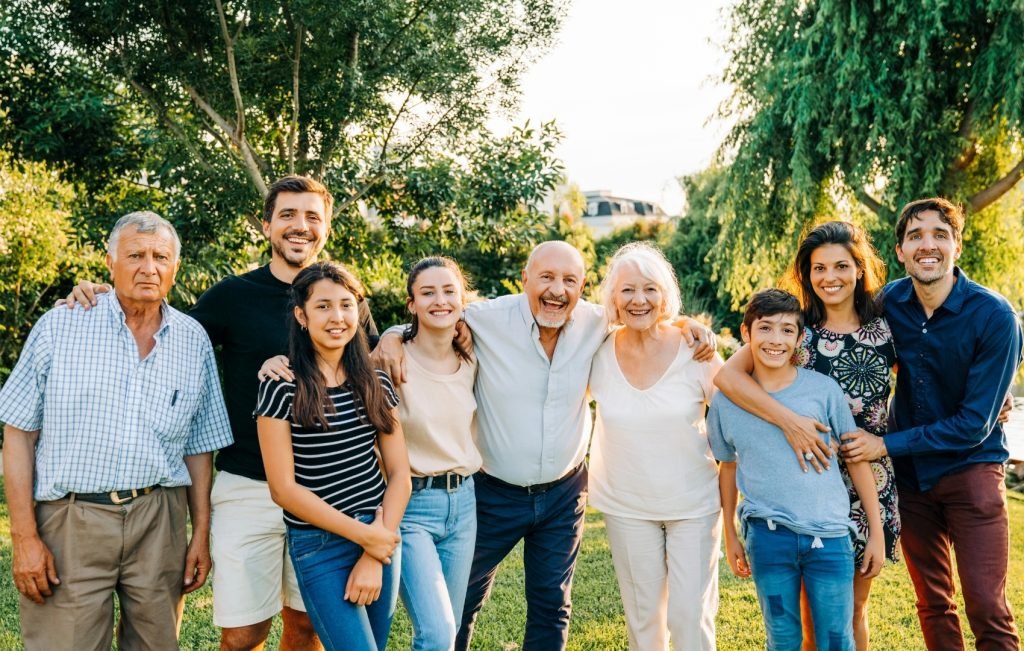
The “It Takes a Village” Philosophy in Caregiving
Not too long ago, extended families often lived close by, and senior support was naturally folded into daily life. Neighbors looked out for each other’s parents, family members rotated shifts, and no one carried the weight alone.
Fast forward to today: families are scattered, careers demand mobility, and neighbors are more likely to wave politely than check in regularly. But here’s the good news — with intention, communication, and the right tools, you can recreate that caregiving village in just about any context.
- Technology replaces geography.
- Shared apps let siblings across the country coordinate seamlessly.
- Conversation replaces assumption.
- Asking openly for help removes the guesswork of who’s responsible for what.
- Teamwork replaces burnout.
- When caregiving becomes collective, nobody has to collapse under the strain.
Ultimately, the “village” isn’t just a nostalgic idea from the past — it’s a living, breathing model we can rebuild in new ways today. Whether your circle is made up of siblings across states, a handful of neighbors on your street, or a mix of friends, coworkers, and community volunteers, the key is connection.
When everyone contributes, even in small, simple ways, the experience shifts from one person carrying the load to a circle of care that feels lighter, stronger, and far more sustainable.
The Rising Demand for Senior Care Teamwork
Here’s the reality check: caregiving is on the rise, and the numbers are staggering.
Unpaid Caregivers
According to AARP, an estimated 53 million Americans are currently serving as unpaid caregivers, providing essential daily support to aging parents, spouses, relatives, or friends. These caregivers step in to assist with everything from household tasks and transportation to personal care and medical needs.
While unpaid, their contributions form the backbone of the nation’s long-term care system, often balancing these responsibilities alongside work and family, highlighting both the sacrifices and dedication involved.
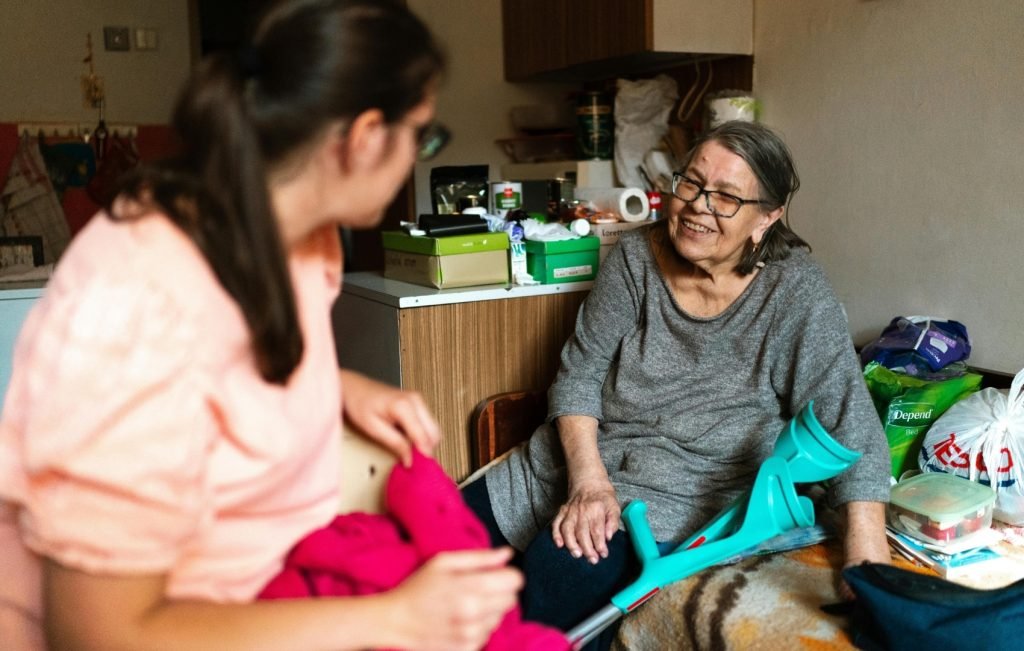
Multiple Responsibilities
Many caregivers find themselves pulled in multiple directions, juggling careers, raising children, and providing care for aging parents or relatives — a reality often referred to as the “sandwich generation.”
These individuals face unique pressures as they manage both ends of the family spectrum, balancing homework and after-school activities with doctor visits and caregiving duties. The constant demands can create emotional, physical, and financial strain, making support systems and resources especially vital for their well-being.
Little to No Help
Nearly half of caregivers report that they receive little to no outside help, leaving them to shoulder the full weight of responsibilities on their own. This lack of support often leads to high levels of stress, exhaustion, and declining physical or mental health.
Over time, the pressure can strain relationships and, in some cases, even foster feelings of frustration or resentment, underscoring the urgent need for accessible caregiver resources and community support.
Bottom Line: Caregiving has become more common, more complex, and more demanding. The best available evidence supports building intentional “senior care teamwork” — coordinated involvement by family, friends, neighbors, community organizations, and health and social services — to distribute tasks, reduce caregiver burden, and protect the health of both caregivers and care recipients.
Why Caregivers Shouldn’t Do It Alone
Caring solo isn’t just exhausting — it’s linked to measurable health risks across mental, cardiovascular, and immune systems.
Mental Health
Caregivers have higher rates of depression and anxiety than non-caregivers; in dementia caregiving, 30–40% meet criteria for clinically significant depression, and symptoms often persist even after institutionalization of the care recipient.
Chronic stress also disrupts sleep, reduces physical activity, and worsens adherence to medications and appointments.

Cardiometabolic Risk
Caregiving stress is associated with exaggerated cardiovascular responses, higher hypertension and heart disease risk, and increased prevalence of metabolic syndrome and diabetes, particularly in long-duration or high-intensity caregiving.
Immune Dysregulation
Chronic caregiving stress impairs immune function, including weaker vaccine responses, slower wound healing, and elevated inflammatory cytokines (notably IL-6).
In a longitudinal cohort, caregivers’ IL-6 rose roughly four times faster than matched controls over six years and remained elevated after caregiving ended — implicating sustained inflammatory activation tied to age-related disease
Experimental work also shows reduced antibody titers post-vaccination under caregiving stress and links between negative repetitive thought and lower vaccine responses among caregivers.
Poor Eating Habits
Caregivers report worse diet and exercise and more missed medical visits than non-caregivers; compromised nutritional status is common in dementia caregiving and correlates with depressive symptoms.
Among older spousal caregivers, high strain is associated with a 63% higher mortality risk compared with non-caregivers.
Unshared caregiving amplifies stress pathways that drive depression, inflammation, cardiovascular risk, and immune impairment. Distributing tasks, protecting sleep, scheduling respite, and maintaining personal medical care are evidence-based steps to safeguard caregiver health.
Caregiver Exhaustion
According to AARP, 36% of caregivers describe caregiving as “highly stressful.” Nearly half admit they have little or no help. Imagine running a marathon every day without training — that’s caregiving without support.
Warning Signs of Burnout
- Chronic fatigue
- Withdrawal from social life
- Frequent illness
- Irritability or snapping at loved ones
- Feeling trapped or resentful
Recognizing these signs early is your cue: it’s time to ask for help and let others into your circle.
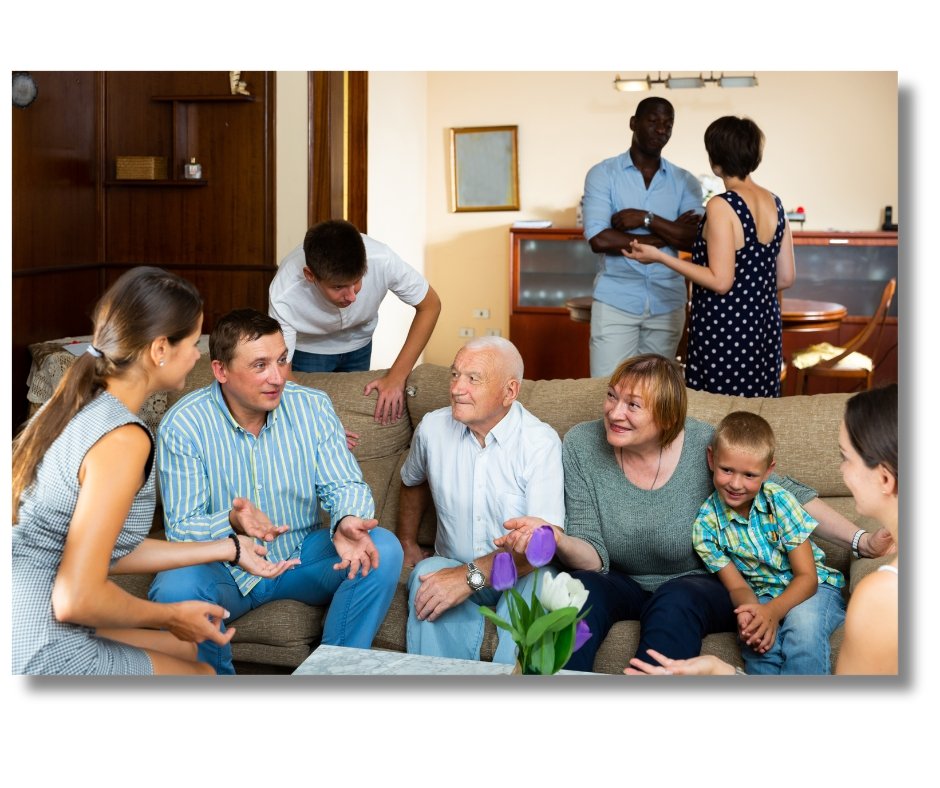
Practical Ways to Distribute Care Among Loved Ones
Caregiving doesn’t have to be a solo mission — think “divide and conquer.” When duties are split across a circle of family, friends, and neighbors, the load becomes lighter and the care often richer: different people bring different strengths, companionship, and a sense of shared purpose.
Shared calendars and apps are the low-effort foundation. A single shared Google Calendar lets everyone see appointments, set reminders, and avoid scheduling collisions.
- Assigning clear, concrete roles beats vague offers every time. Instead of “Let me know if you need anything,” try:
- Finance lead — handles bills, insurance calls, and paperwork.
- Transportation buddy — schedules rides, accompanies to appointments.
- Home & safety checker — inspects the house, manages minor repairs or home-care bookings.
- Social visitor — commits to a weekly call or visit.
- Naming roles prevents overlap (and the mystery casseroles) while creating reliable expectations and a safety net.
Simple systems matter. Meal trains or shared grocery schedules keep nutrition steady; a rotating calendar for dinners prevents caregiver burnout and shows the loved one that people care.
Short daily check-ins — a five-minute call or text — cut loneliness and let caregivers flag urgent needs early. And transportation? It’s one of the most common stress points: missed appointments ripple into health risks and caregiver anxiety.
For caregivers who can’t always be there in person, services like GogoGrandparent help seniors access rides, meals, groceries, and medication delivery on-demand.
GoGoGrandparent is a phone-based concierge that books rides, grocery and meal deliveries, prescriptions, and home services for people who don’t use smartphones; caregivers can register, set up recurring medical rides, and monitor trips through a caregiver dashboard or live operators.
Because GoGo routes rides through vetted partners like Uber and Lyft and provides monitoring, it’s an easy “one-person handles transport” solution that reduces last-minute scramble.
Divide tasks, use simple tech, name roles, and keep compassion at the center — the result is steadier care and more breathing room for everyone (including you).
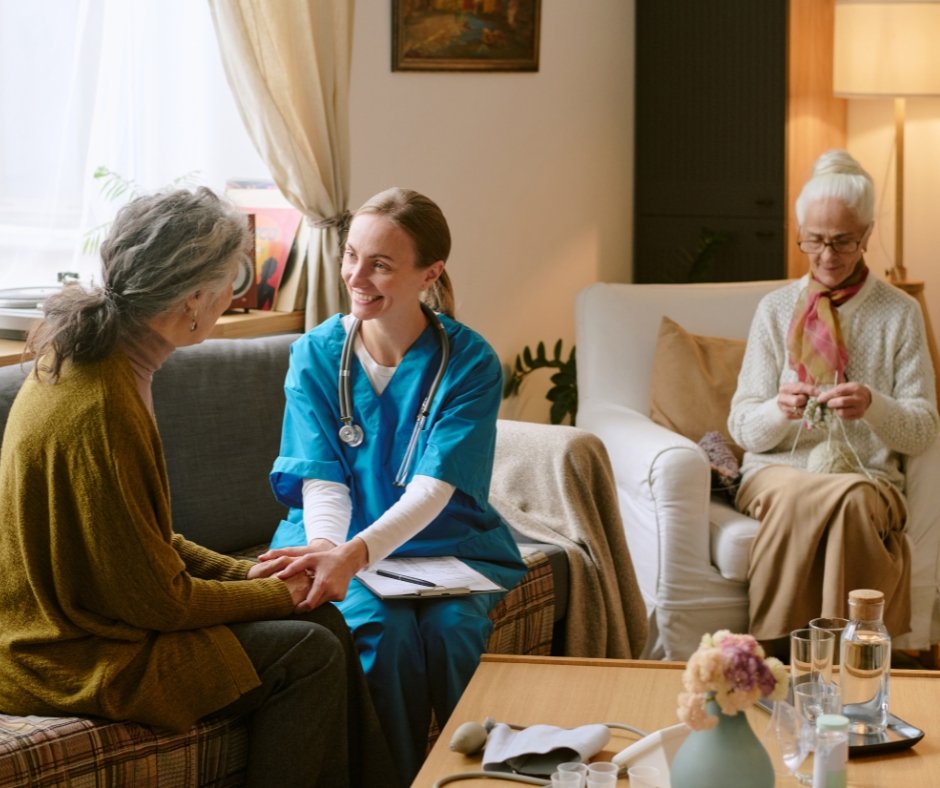
How to Ask for Help Without Guilt
Caregivers often fall into the trap of believing that asking for help = failure. The truth: it’s a strength. By sharing the responsibility, you protect your own health while also ensuring consistent and sustainable support.
Reframing the Mindset
- It’s not a weakness.
- It’s stewardship — of your health, your time, and your loved one’s well-being.
Conversation Starters (Scripts You Can Steal)
- “I could really use a break on Thursday afternoon. Would you be able to sit with Mom for two hours?”
- “Could you add one meal for us to your weekly routine?”
- “Would you mind being the one to drive Dad to his physical therapy?”
Specific asks are easier for people to say yes to than vague pleas.
Stronger Together in the Caregiver’s Circle
Caregiving is love in action. But love doesn’t mean self-sacrifice to the point of collapse. It means building sustainable systems of support — and saying yes when others offer help.
By creating a caregiver’s circle, you’re not just protecting yourself — you’re enriching your loved one’s life with new voices, relationships, and joy. The result? A caregiving journey that feels less like a burden and more like a shared story of community, family, and resilience.
Frequently Asked Questions (FAQs)
- What are the best ways to organize family caregiving duties?
- Shared calendars, role assignments, and regular family meetings work best.
- How do I ask siblings or friends for help without conflict?
- Use specific, polite, and honest requests instead of vague or guilt-based appeals.
- What apps or tools help manage caregiver support?
- Lotsa Helping Hands, Meal Train, and CaringBridge are top picks.
- How can neighbors contribute to caregiving?
- From errands to companionship visits — even small acts build big relief.
- What are signs of caregiver burnout I should watch for?
- Exhaustion, irritability, health decline, resentment, and withdrawal from social life.
- Where can I find local caregiver support networks?
- Start with AARP, Family Caregiver Alliance, or community centers and faith-based organizations.

